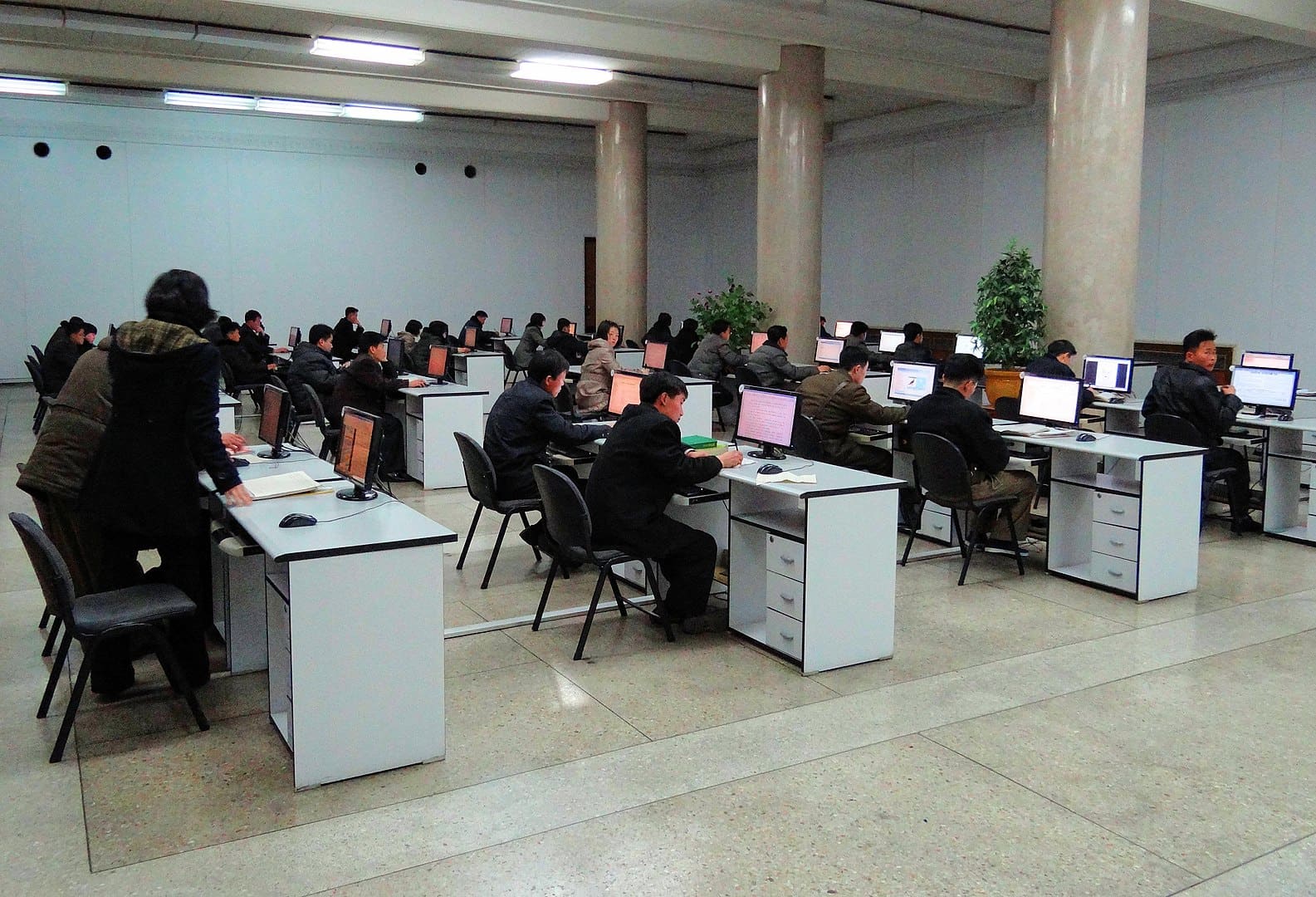In an increasingly interconnected world through the global internet, North Korea has adopted a unique and closed approach to digital information with its own network: Kwangmyong. This national intranet, whose name means “bright light” in Korean, is designed to keep the country’s population isolated from the rest of the digital world, providing a controlled environment regulated by the state.
What is Kwangmyong
Kwangmyong is the official intranet of North Korea, created to provide citizens with access to a highly restricted and censored version of the Internet. This internal network is completely autonomous and disconnected from the World Wide Web, preventing users from accessing international websites. Instead, it offers a limited selection of government-approved content, including digital libraries, educational sites, and state-run media.
Content and Features
The Kwangmyong intranet offers a variety of services that mimic those of the global internet, but all are strictly controlled. Among the available functionalities are:
– News Portals: State-controlled news sources that promote official propaganda and disseminate information supporting the regime.
– Digital Libraries: Collections of books, articles, and documents that have been approved by North Korean authorities.
– Email: An internal email service that allows citizens to communicate within the country, under strict surveillance.
– Encyclopedias and Educational Resources: Approved educational material covering a variety of subjects, albeit with a perspective that reinforces the state ideology.
– Local Forums and Social Networks: Platforms for social interaction that are closely monitored and censored to prevent any form of dissent.
Control and Censorship
The North Korean government maintains absolute control over Kwangmyong. All available content is selected and monitored by authorities. This control ensures that the information accessible to citizens is aligned with the regime’s propaganda. Ordinary users do not have access to the global internet, and any attempt to violate this restriction may result in severe penalties.
Access and Usability
Access to Kwangmyong is available at various public institutions, such as schools, libraries, and government offices. Households with computers can also access the network, but only a small fraction of the population has personal computers. Devices connected to Kwangmyong are typically configured to prevent access to any external network.
Implications and Global Comparisons
The existence of Kwangmyong reflects North Korea’s approach to information and social control. While much of the world enjoys relatively free access to information via the internet, North Korean citizens are in a carefully managed “digital bubble.” This system starkly contrasts with the approaches of countries like China, which also implements internet censorship but allows some degree of access to the global network.
Future of Kwangmyong
The future of Kwangmyong remains uncertain. As long as the current regime continues, the intranet is likely to remain a key tool for information control and propaganda. However, with the growing influence of technology and the rise of digital smuggling in the region, it remains to be seen how this closed system will evolve in the context of an increasingly interconnected world.
Conclusion
Kwangmyong represents an extreme example of how a government can use technology to control information and uphold its narrative. For the citizens of North Korea, this network is their window to the digital world, albeit an extremely limited and controlled one. Meanwhile, for the rest of the world, Kwangmyong serves as a reminder of the challenges and dangers of censorship and the lack of freedom in accessing information.

